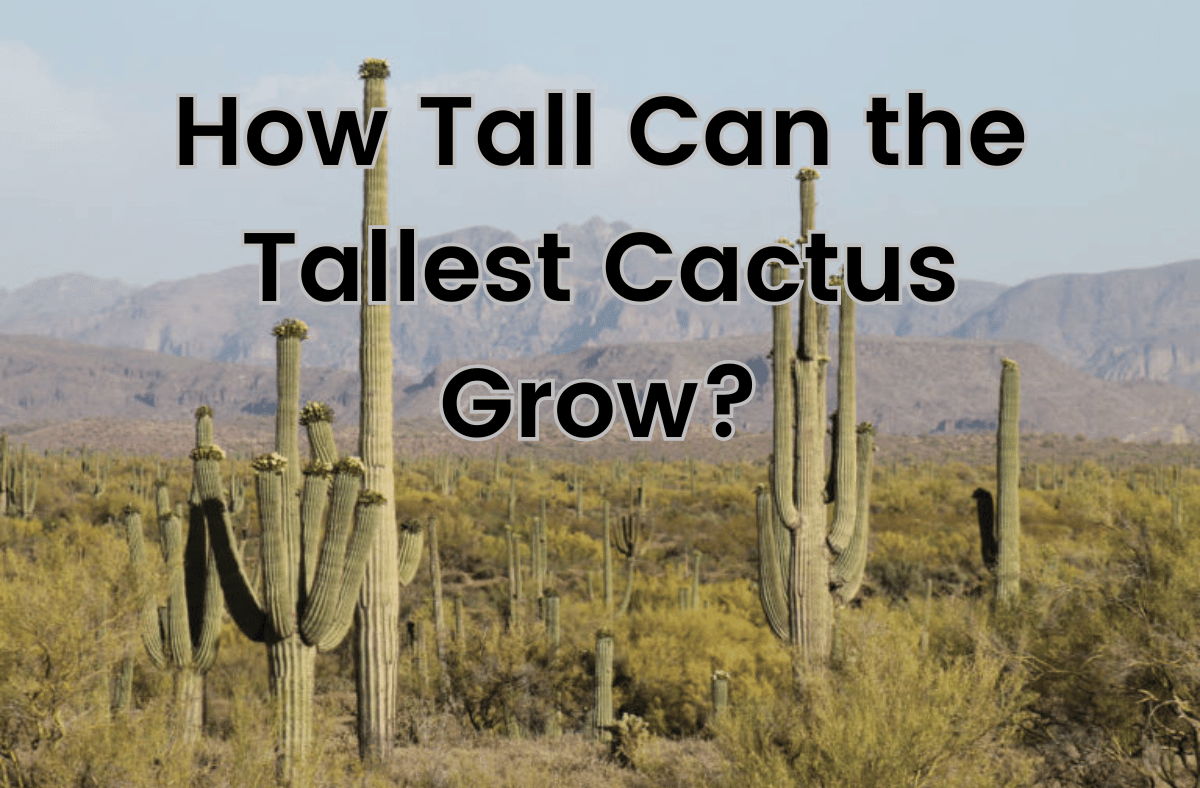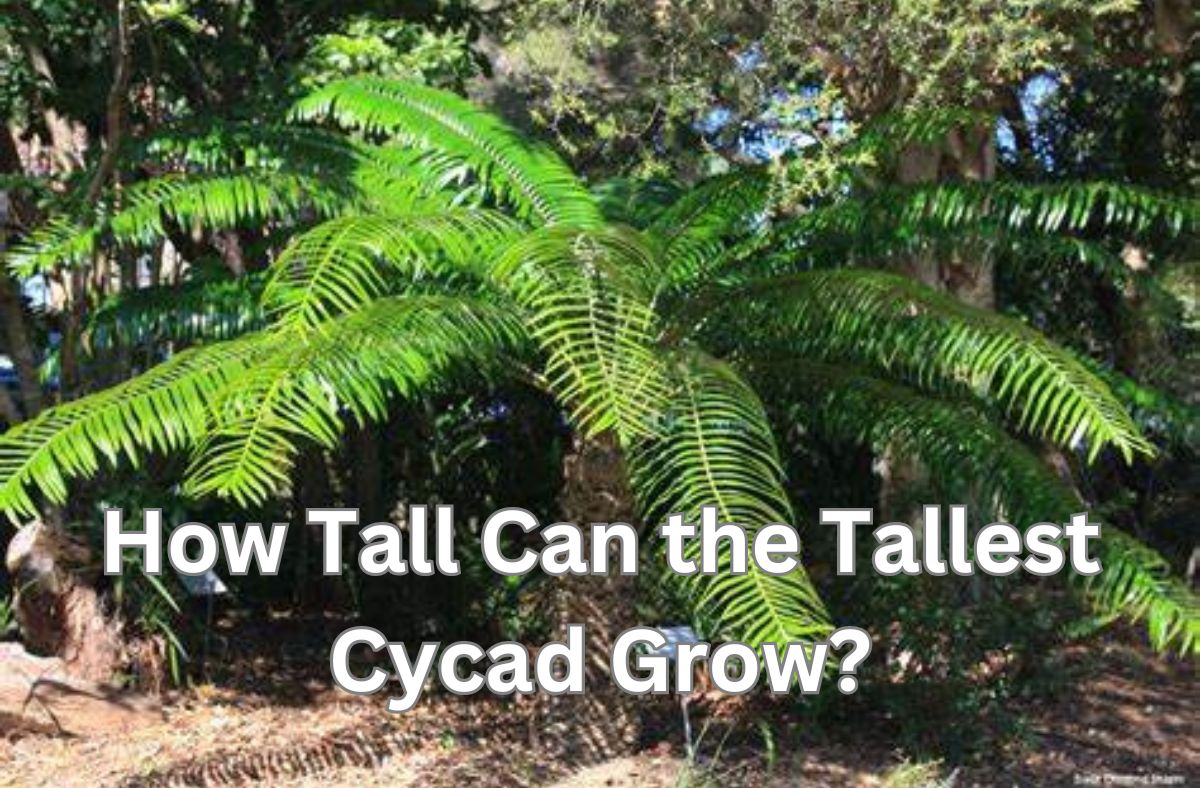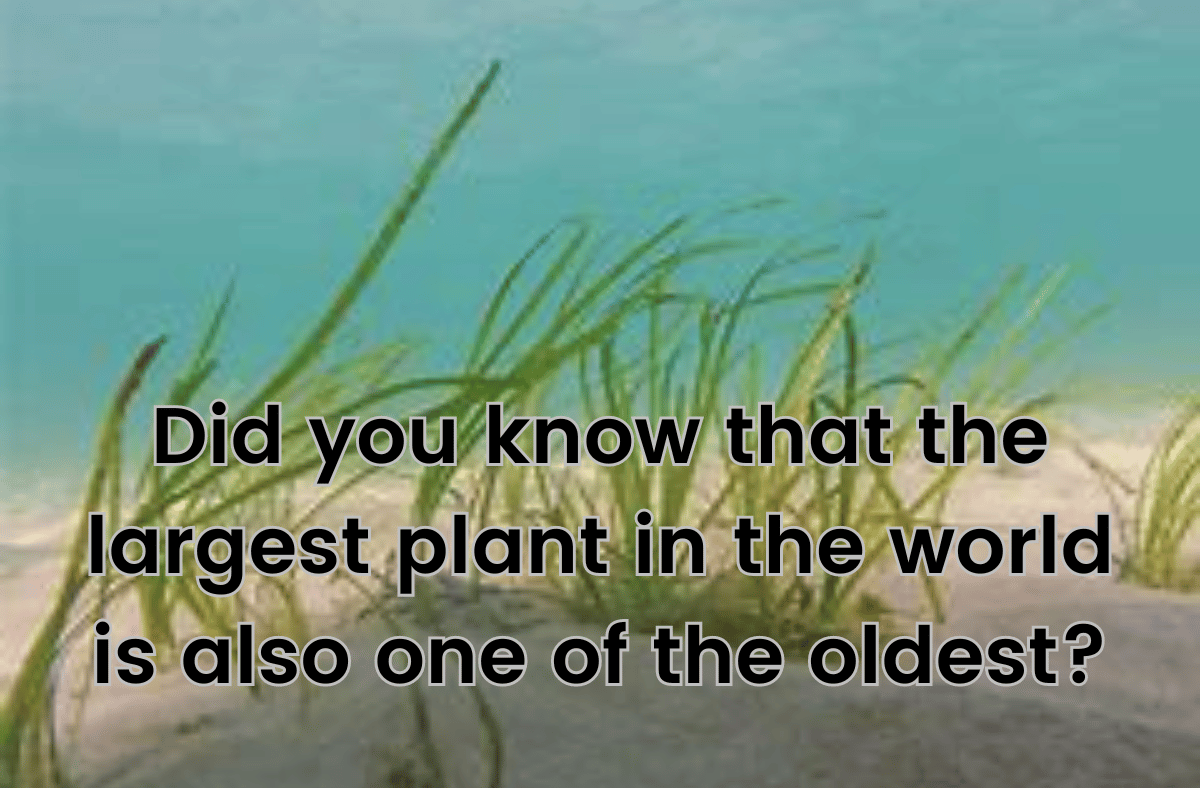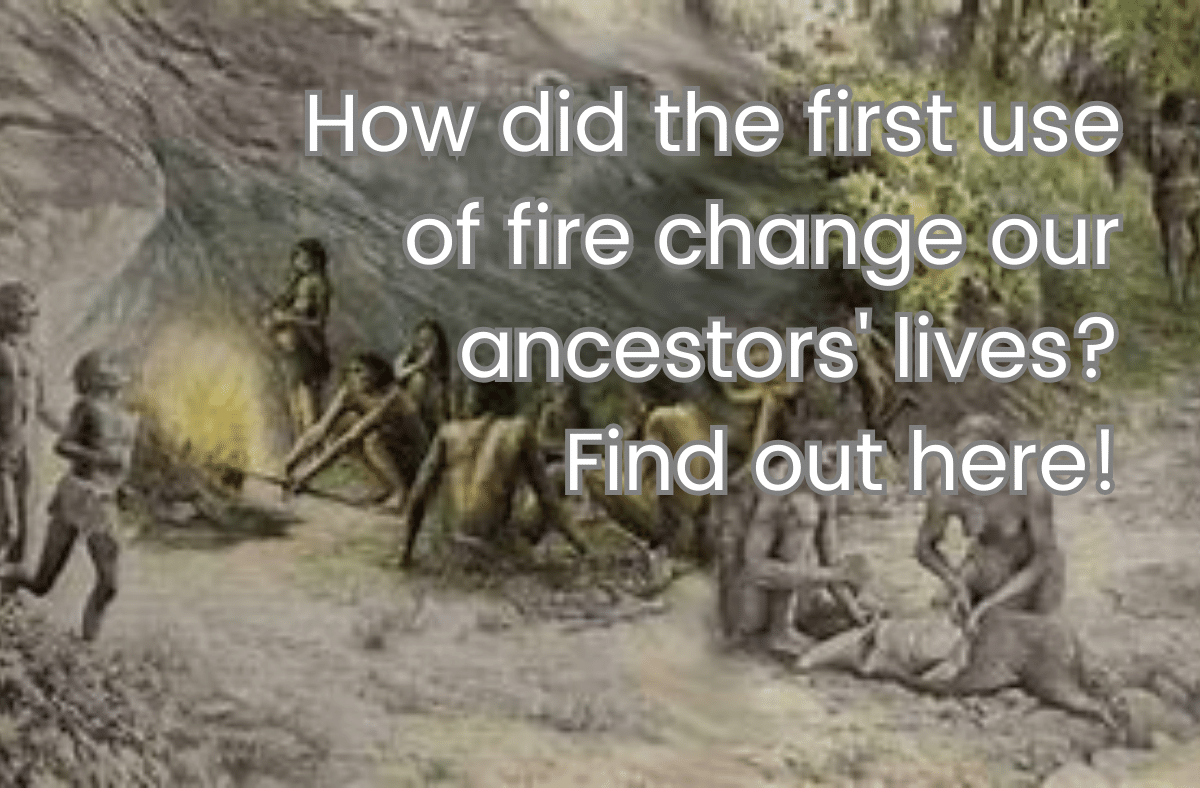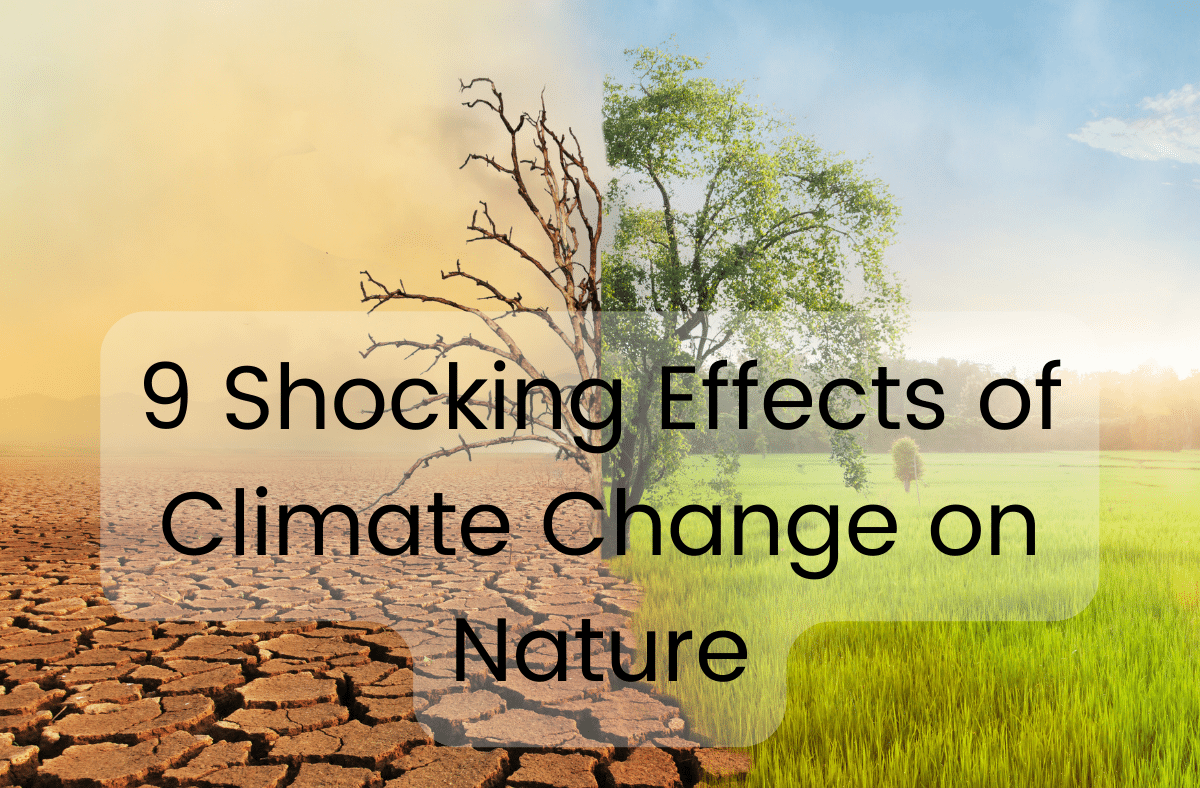For those in a hurry
- Forests are home to more than 80% of terrestrial biodiversity.
- Tropical rainforests have more species than any other habitat on Earth.
- Forests provide many benefits for people and the planet, such as food, medicine, and climate regulation.
- Forests are under threat from deforestation, degradation, and climate change.
- We need to protect and restore forests to conserve biodiversity and fight climate change.
What is forests biodiversity?
Forest biodiversity refers to all the life forms that live in forested areas and their roles in the ecosystem. It includes not just trees, but also plants, animals, fungi, bacteria, and other microorganisms.
Forest biodiversity is amazing. A single acre of rain forest may be home to thousands of species. Some of them are so unique that they are found nowhere else in the world. For example, did you know that there is a frog that can break its own bones and use them as claws? Or that there is a mushroom that glows in the dark? Or that there is a plant that can eat rats?
Forest biodiversity is also important. Forests provide many ecosystem services that benefit people and the planet, such as:
- Producing oxygen and absorbing carbon dioxide, which helps regulate the climate and fight global warming.
- Filtering water and preventing soil erosion, which protects water quality and reduces flooding and landslides.
- Providing food, medicine, fuel, fiber, and other products for millions of people, especially those who live in or near forests.
- Supporting the livelihoods and cultures of indigenous and local communities who depend on forests for their well-being.
- Offering recreation, education, and inspiration for people who enjoy nature and wildlife.
Why is forests biodiversity under threat?
Despite their value and beauty, forests are facing many threats from human activities and natural disturbances. Some of the main threats are:
- Deforestation: the conversion of forest land to other uses, such as agriculture, mining, or urban development. Between 2014 and 2018, an average of 10 million hectares of tropical forest were lost every year. That’s equivalent to losing a football pitch of primary rainforest every 6 seconds!
- Degradation: the reduction of forest quality and function due to logging, fire, pests, diseases, invasive species, or pollution. Degraded forests have less biodiversity and provide less ecosystem services than healthy forests.
- Climate change: the alteration of temperature, precipitation, and weather patterns due to greenhouse gas emissions. Climate change affects forest biodiversity by changing the distribution, abundance, and interactions of species. It also increases the risk of droughts, fires, storms, and pests that can damage forests.
What can we do to protect forest biodiversity?
The good news is that there are many actions we can take to protect and restore forest biodiversity. Some of them are:
- Reducing deforestation and degradation by promoting sustainable land use practices, such as agroforestry, conservation agriculture, or community forestry.
- Restoring degraded forests by planting native trees, removing invasive species, or enhancing natural regeneration.
- Supporting forest conservation by creating protected areas, enforcing laws and regulations, or providing incentives for forest stewardship.
- Raising awareness and education about the importance of forest biodiversity and the threats it faces.
- Supporting research and innovation to improve our knowledge and understanding of forest biodiversity and its management.
Forests are the ultimate biodiversity hotspots. They are home to more than 80% of terrestrial biodiversity . They are also essential for our survival and well-being. By protecting and restoring forests, we can conserve biodiversity and fight climate change. Let’s do it for ourselves and for future generations!






